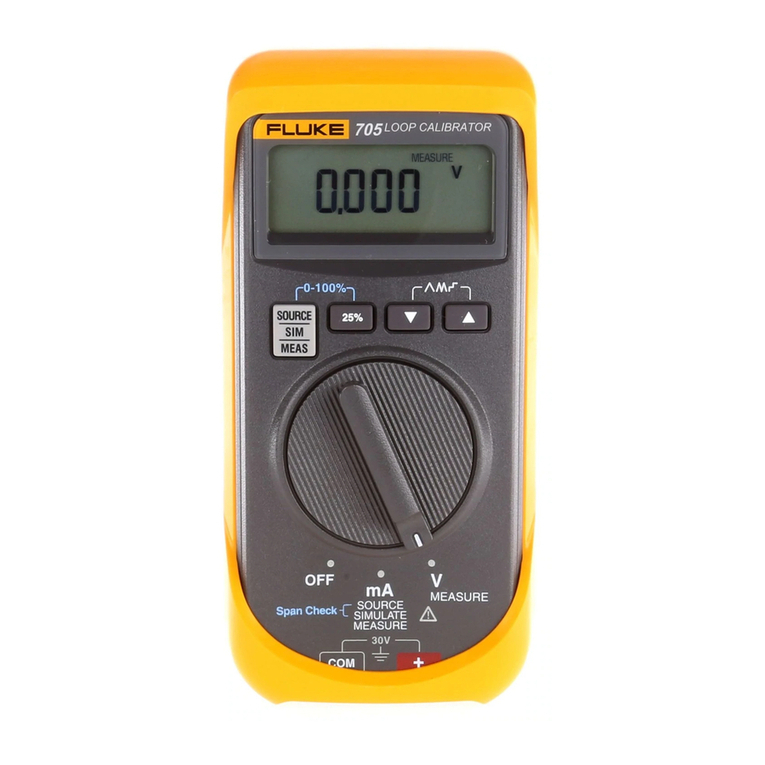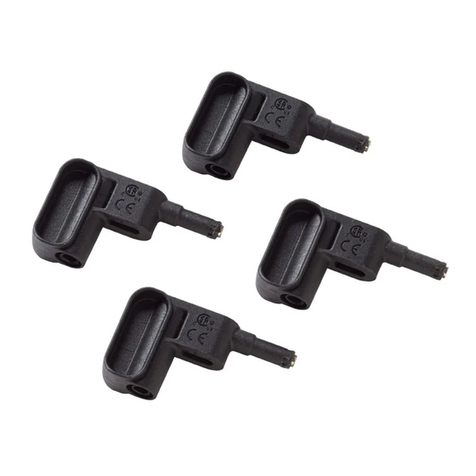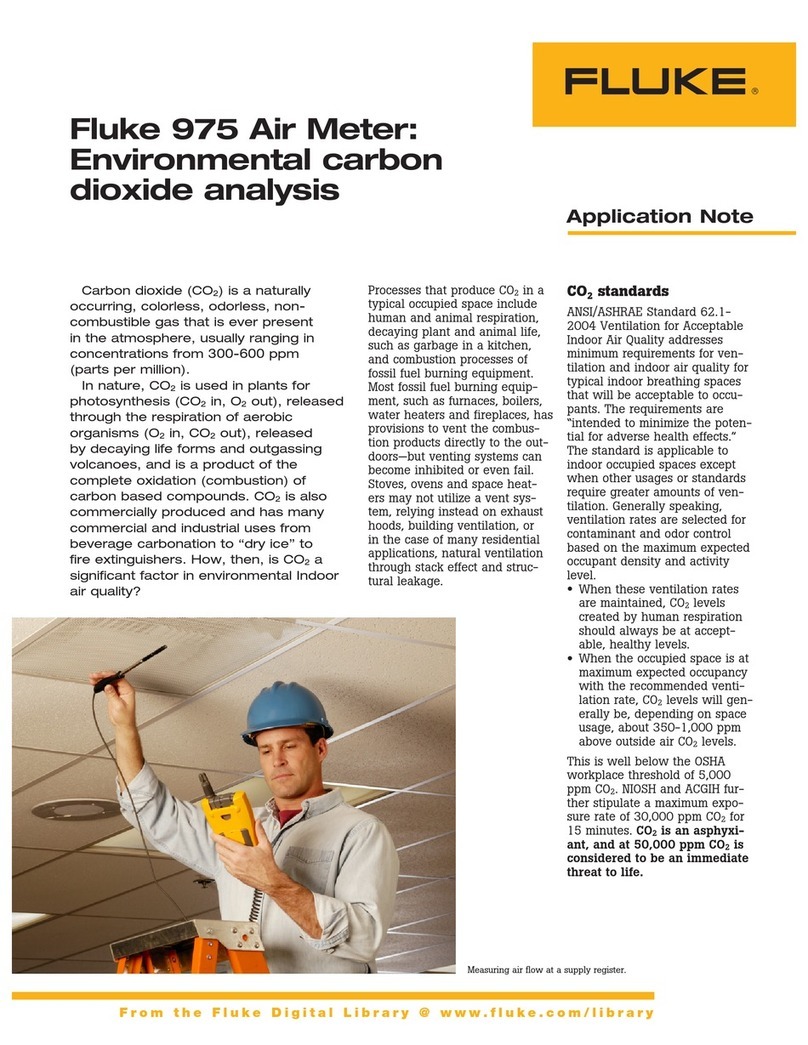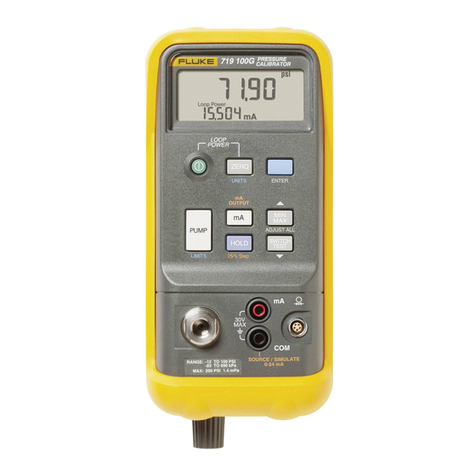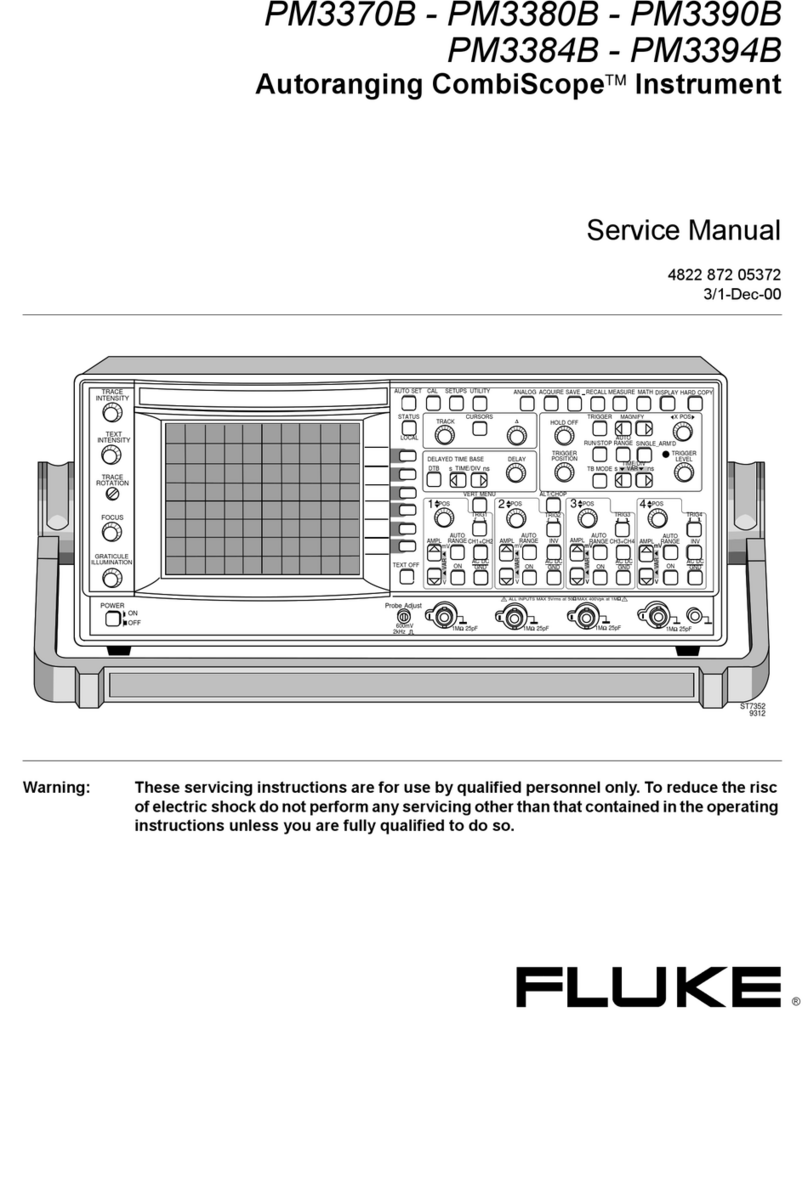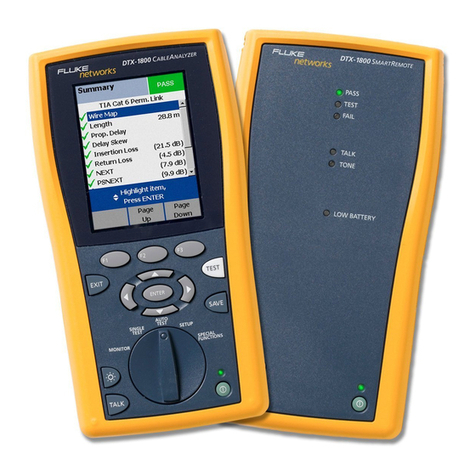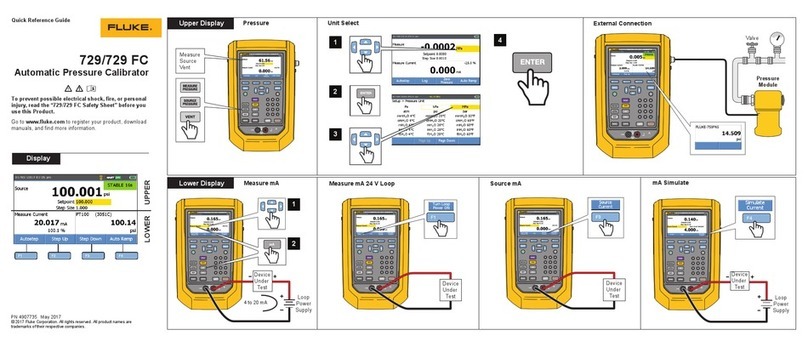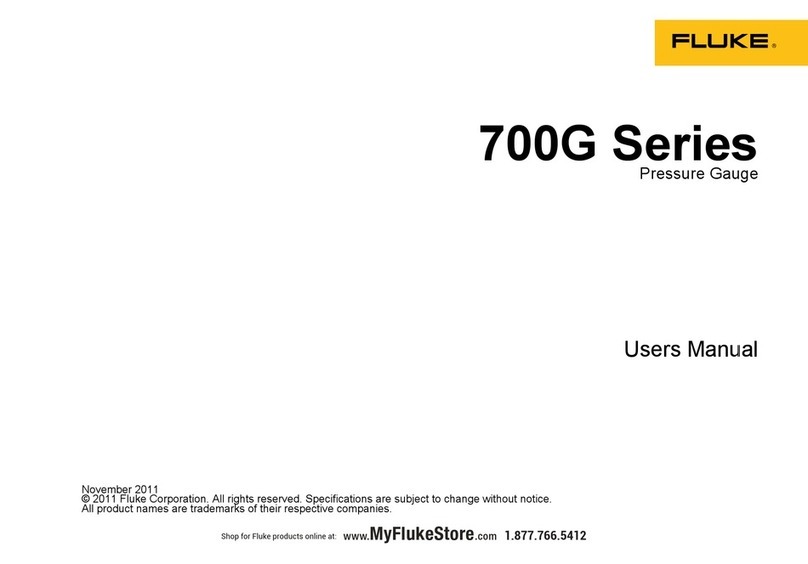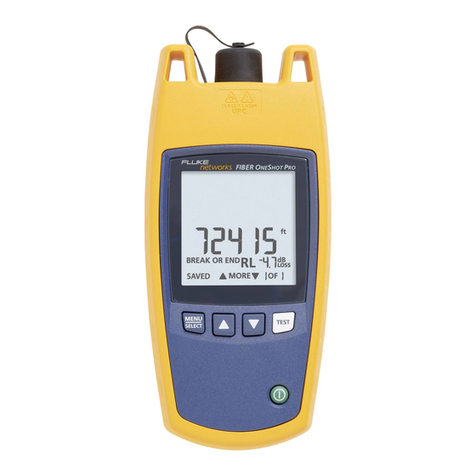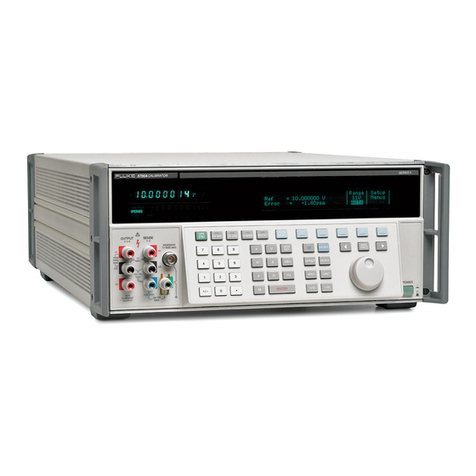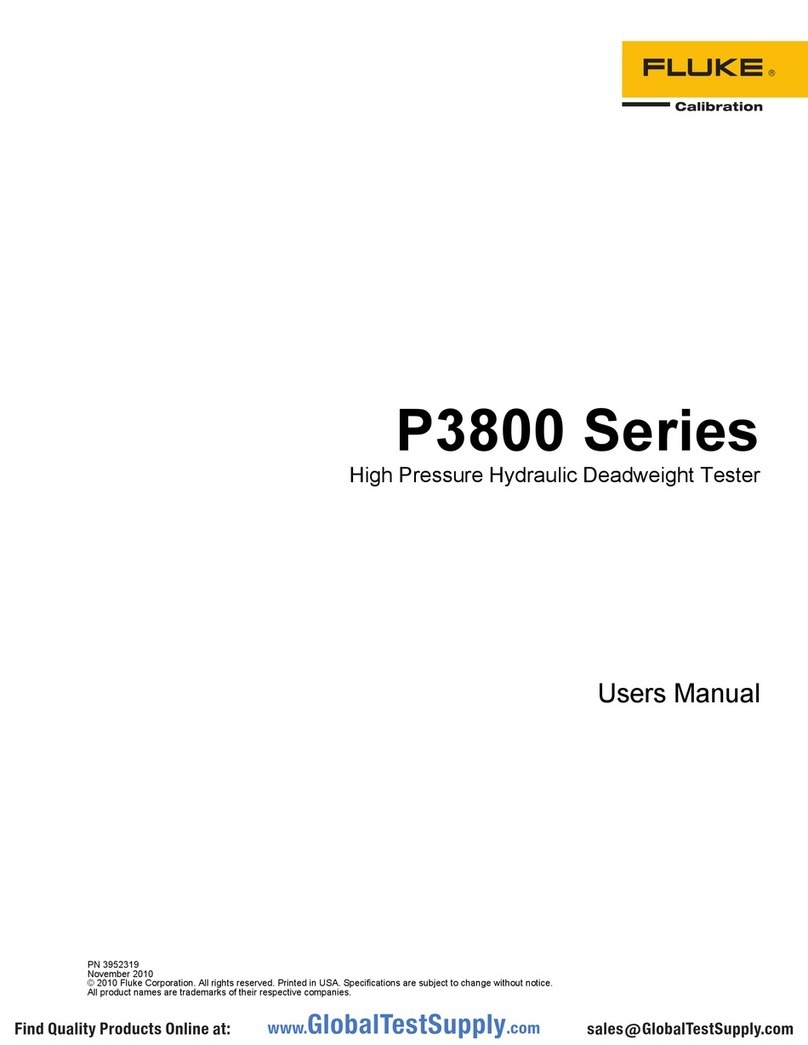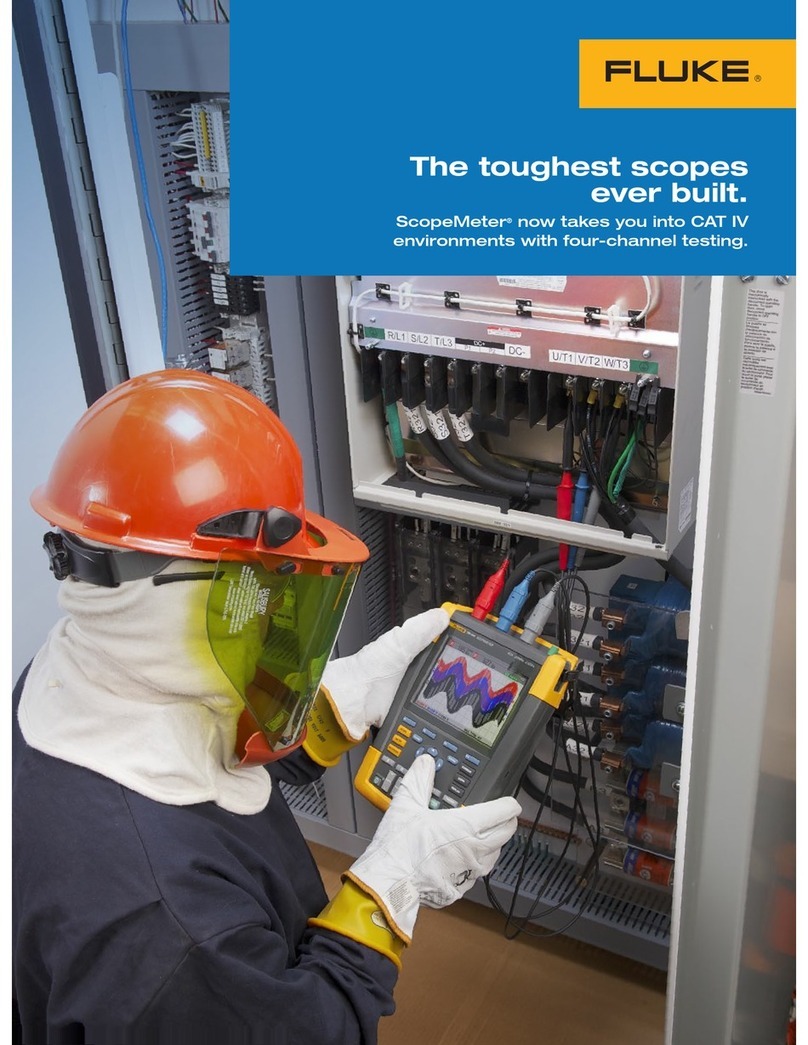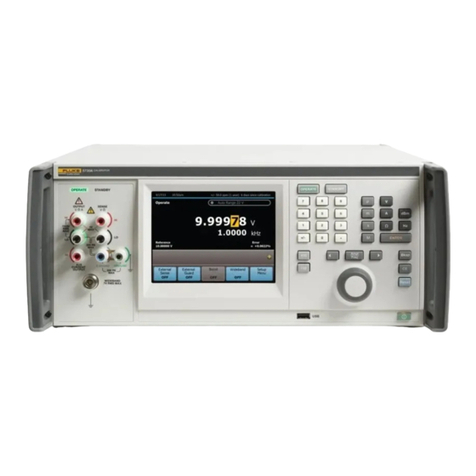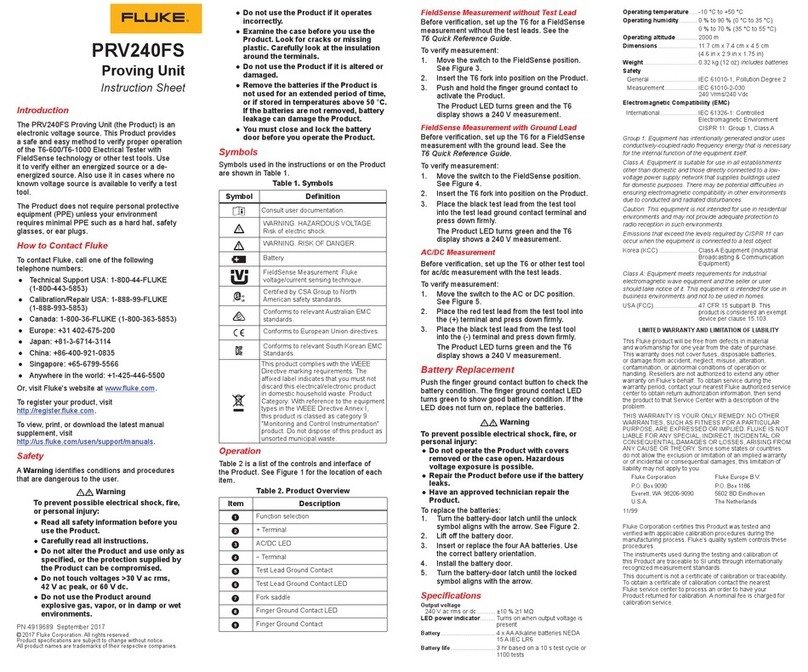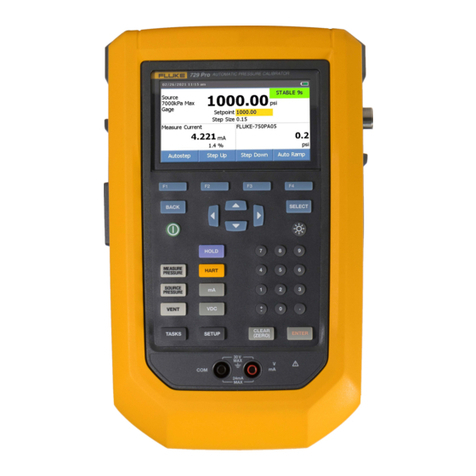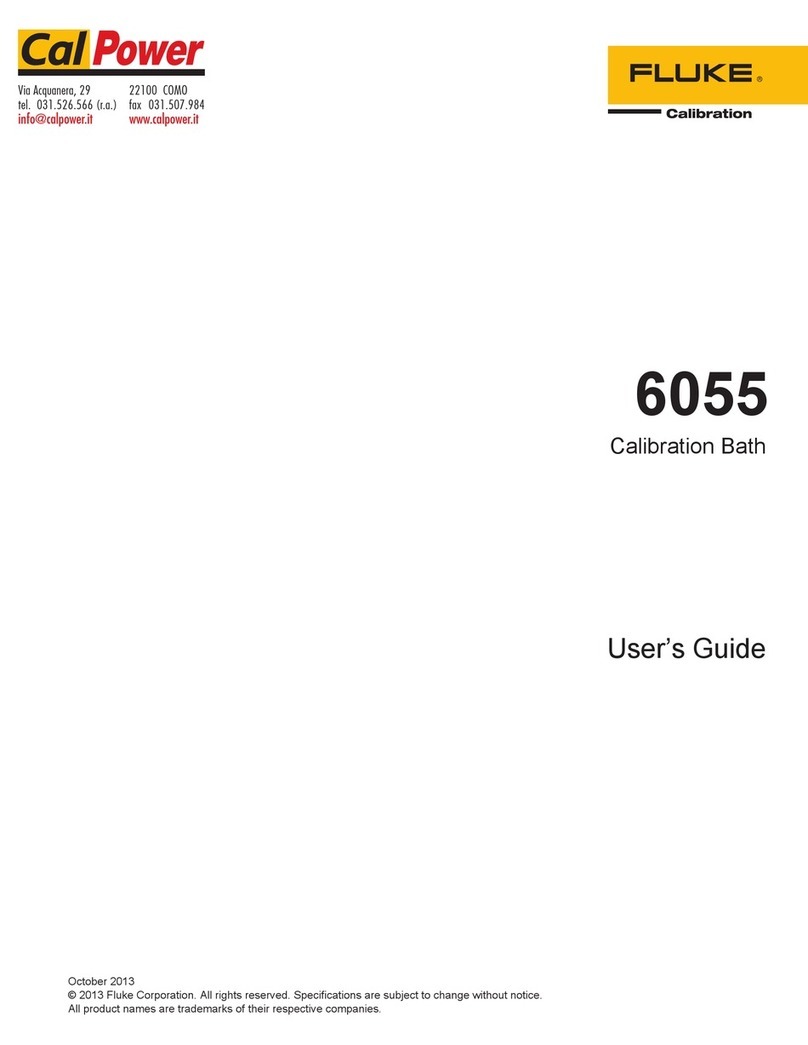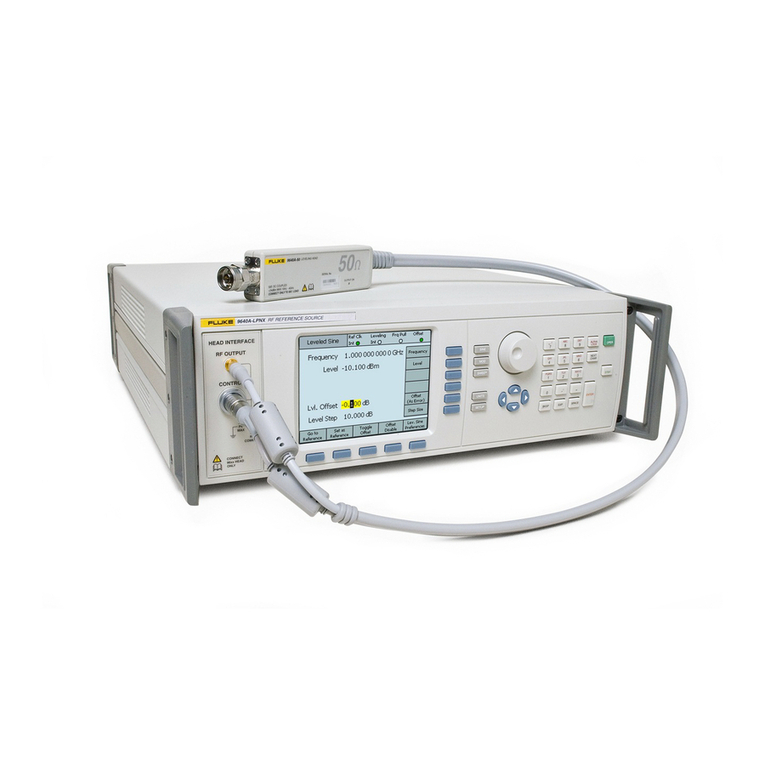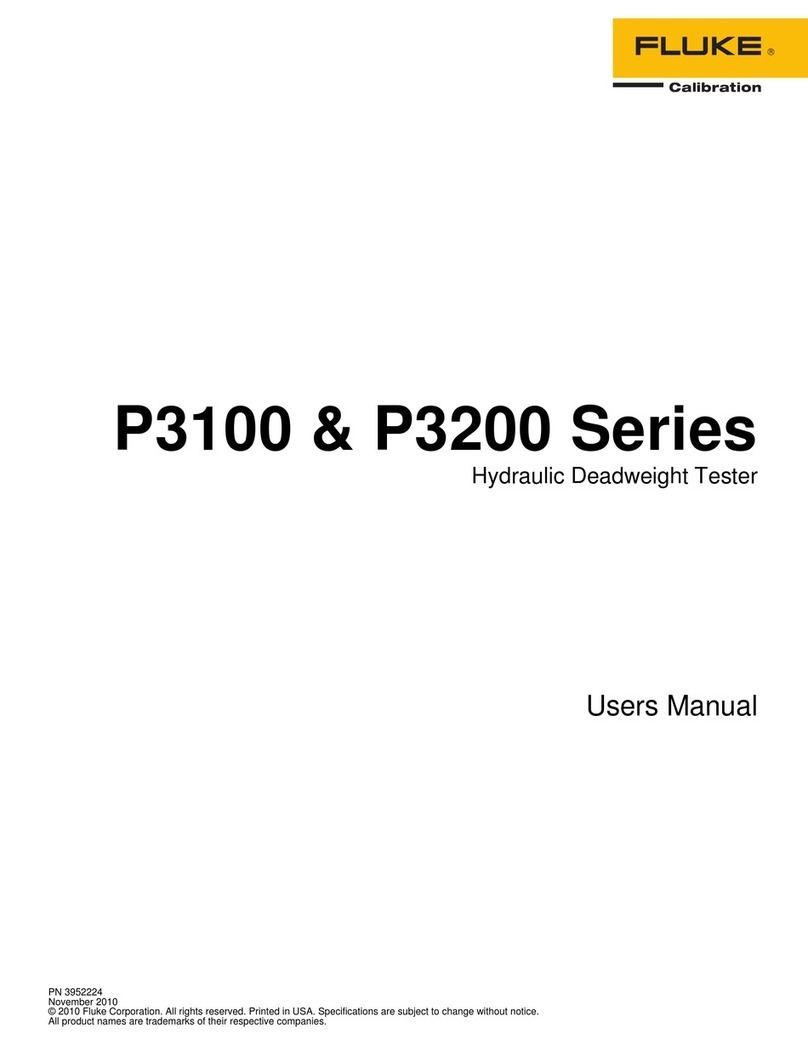8 General Operation . . . . . . . . . . . . . . . . . . . . . . . . 25
8.1 Heat Transfer Fluid . . . . . . . . . . . . . . . . . . . . . . . . . 25
8.1.1 Temperature Range . . . . . . . . . . . . . . . . . . . . . . . . . . . . . . . 25
8.1.2 Viscosity. . . . . . . . . . . . . . . . . . . . . . . . . . . . . . . . . . . . . 25
8.1.3 Specific Heat . . . . . . . . . . . . . . . . . . . . . . . . . . . . . . . . . . 26
8.1.4 Thermal Conductivity. . . . . . . . . . . . . . . . . . . . . . . . . . . . . . 26
8.1.5 Thermal Expansion . . . . . . . . . . . . . . . . . . . . . . . . . . . . . . . 26
8.1.6 Electrical Resistivity . . . . . . . . . . . . . . . . . . . . . . . . . . . . . . 26
8.1.7 Fluid Lifetime . . . . . . . . . . . . . . . . . . . . . . . . . . . . . . . . . . 26
8.1.8 Safety . . . . . . . . . . . . . . . . . . . . . . . . . . . . . . . . . . . . . . 26
8.1.9 Cost . . . . . . . . . . . . . . . . . . . . . . . . . . . . . . . . . . . . . . . 27
8.1.10 Commonly Used Fluids . . . . . . . . . . . . . . . . . . . . . . . . . . . . . 27
8.1.10.1 Water (Distilled) . . . . . . . . . . . . . . . . . . . . . . . . . . . . . . . . . . . . 27
8.1.10.2 Ethanol . . . . . . . . . . . . . . . . . . . . . . . . . . . . . . . . . . . . . . . . . 27
8.1.10.3 Mineral Oil . . . . . . . . . . . . . . . . . . . . . . . . . . . . . . . . . . . . . . . 28
8.1.10.4 Silicone Oil (Dow Corning 200.10, 200.20) . . . . . . . . . . . . . . . . . . . . . . 28
8.1.10.5 Halocarbon 0.8 . . . . . . . . . . . . . . . . . . . . . . . . . . . . . . . . . . . . . 28
8.1.11 Fluid Characteristics Charts. . . . . . . . . . . . . . . . . . . . . . . . . . . 28
8.1.11.1 Limitations and Disclaimer . . . . . . . . . . . . . . . . . . . . . . . . . . . . . . . 29
8.1.11.2 About the Graph . . . . . . . . . . . . . . . . . . . . . . . . . . . . . . . . . . . .29
8.2 Stirring . . . . . . . . . . . . . . . . . . . . . . . . . . . . . . . 30
8.3 Power . . . . . . . . . . . . . . . . . . . . . . . . . . . . . . . . 31
8.4 Heater . . . . . . . . . . . . . . . . . . . . . . . . . . . . . . . . 32
8.5 Refrigeration . . . . . . . . . . . . . . . . . . . . . . . . . . . . 32
8.5.1 Operation . . . . . . . . . . . . . . . . . . . . . . . . . . . . . . . . . . . . 32
8.5.2 Important Refrigerant Information . . . . . . . . . . . . . . . . . . . . . . . 32
8.6 Temperature Controller . . . . . . . . . . . . . . . . . . . . . . . 33
9 Controller Operation . . . . . . . . . . . . . . . . . . . . . . . 35
9.1 Bath Temperature . . . . . . . . . . . . . . . . . . . . . . . . . . 35
9.2 Temperature Set-point . . . . . . . . . . . . . . . . . . . . . . . . 35
9.2.1 Programmable Set-points . . . . . . . . . . . . . . . . . . . . . . . . . . . . 35
9.2.2 Set-point Value . . . . . . . . . . . . . . . . . . . . . . . . . . . . . . . . . 37
9.2.3 Temperature Scale Units . . . . . . . . . . . . . . . . . . . . . . . . . . . . 37
9.3 Scan . . . . . . . . . . . . . . . . . . . . . . . . . . . . . . . . . 38
9.3.1 Scan Control . . . . . . . . . . . . . . . . . . . . . . . . . . . . . . . . . . 38
9.3.2 Scan Rate . . . . . . . . . . . . . . . . . . . . . . . . . . . . . . . . . . . . 38
9.4 Secondary Menu. . . . . . . . . . . . . . . . . . . . . . . . . . . 39
9.5 Heater Power . . . . . . . . . . . . . . . . . . . . . . . . . . . . 39
9.6 Proportional Band . . . . . . . . . . . . . . . . . . . . . . . . . . 39
9.7 Cutout . . . . . . . . . . . . . . . . . . . . . . . . . . . . . . . . 40
9.8 Controller Configuration . . . . . . . . . . . . . . . . . . . . . . 41
9.9 Operating Parameters . . . . . . . . . . . . . . . . . . . . . . . . 42
9.9.1 High Limit. . . . . . . . . . . . . . . . . . . . . . . . . . . . . . . . . . . . 42
9.9.2 Low Limit . . . . . . . . . . . . . . . . . . . . . . . . . . . . . . . . . . . . 42
ii
